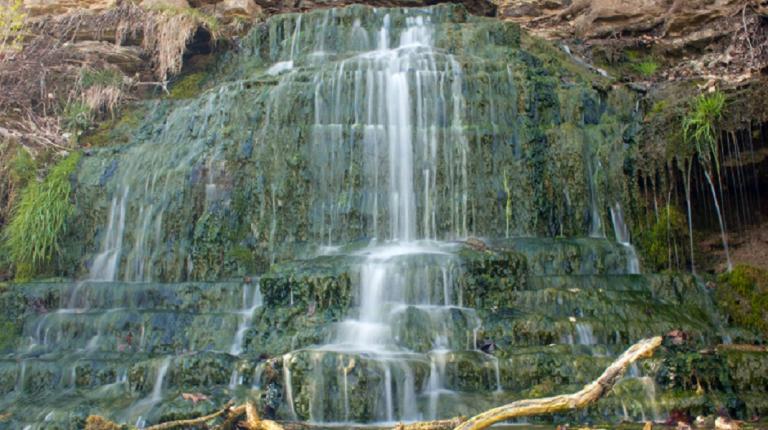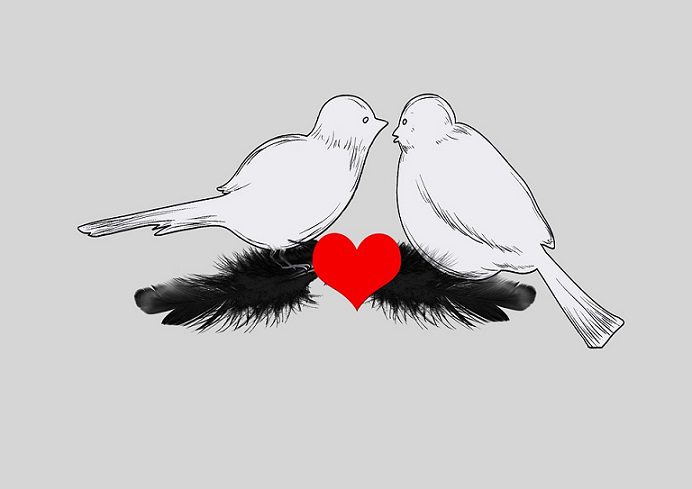 In the Tailevu district of eastern Fiji, there is a remote spring rumored to have miraculous healing abilities. Crowds wake up well before dawn and travel hours to reach the spring in the western division mountain range. Ambulances make their way down the dusty backroads with men and women on stretchers, and these ill or injured people are allowed into the spring first. Then, those who are hurt but can walk are allowed to enter, and finally, healthy people are given a chance to enter the spring. Many of these healthy travelers bring water bottles or plastic containers to fill with the miracle water. These bottles are then taken home to sick friends and family members.
In the Tailevu district of eastern Fiji, there is a remote spring rumored to have miraculous healing abilities. Crowds wake up well before dawn and travel hours to reach the spring in the western division mountain range. Ambulances make their way down the dusty backroads with men and women on stretchers, and these ill or injured people are allowed into the spring first. Then, those who are hurt but can walk are allowed to enter, and finally, healthy people are given a chance to enter the spring. Many of these healthy travelers bring water bottles or plastic containers to fill with the miracle water. These bottles are then taken home to sick friends and family members.
Menasui Druguvale discovered the spring’s incredible abilities in 2016 when he had conjunctivitis. “I went to the main source [of the spring] after Cyclone Winston,” Druguvale said. “I showered in the water, and soon my eyes cleared.”
Shortly after Duguvale’s discovery, the village of Natadradave became a site of global interest. The impoverished town was home to just 27 families in 2016, but now thousands of people fly to Fiji for the sole purpose of visiting the spring. These pilgrims bypass beach resorts and kava bars in favor of driving two hours to reach the line of people waiting for their turn in the spring. The line of sick and injured people hoping to find a cure in the spring’s waters stretches for kilometers.
The hundreds of daily visitors are assisted by volunteers from local villages. Druguvale estimated that nearly 50,000 people visit the spring each month. “Some people will come in a wheelchair, some people come by ambulance,” Druguvale said. “I massage the mud into people’s skin after they have showered and drunk the water… [The water] works. Every single time.”
The spring continues to draw visitors who see videos of paraplegics standing up from their wheelchairs, and many people believe that God Himself blessed the water of this remote spring. This makes sense to Fijian natives, the majority of whom follow the Christian faith. Many see this spring as a blessing on the Fijian people from God after Cyclone Winston killed 44 people.
Most people who visit the spring sport muscle aches and skin conditions, but there are reports of the spring curing mental disorders, burns, strokes, blindness, paralysis and even cancer. Epeli Lagiloae is one of many people who attests to the ability of the spring to cure even the most severe injuries. “My own daughter is a living example of the miracle water,” Lagiloae wrote on Facebook. “Aggie suffered a stroke in Sydney last two years where she was confined to bed and her movement is limited. She couldn’t talk. After two days under their holistic assistance and encouraging words [at the spring] the walking stick was thrown away on the last day the first clear sentence was crystal clear from her mouth.”
The spring has gotten so much attention that people have been caught trying to smuggle the water across international borders to sell it. Fijians, however, say that doing so removes the blessing from the water. “We have heard stories of scammers, people have bottled and tried to sell the water in Suva, Nadi and overseas. And that is against the spirit of the water,” said Esili Tukana, a local resident. “It won’t work if it’s sold.”
Whether there is something special in the mud of the spring or whether the spring is truly blessed by God is up for debate. That said, many locals care little about why the water works. “It is God, and maybe the minerals too, and maybe the mud,” said Druguvale. “Me and my father don’t know why. But we know for a long time, it has been special.” Most of those receiving the miracle cure agree with Druguvale. It matters less to them why this particular stream appears to be blessed than the ability of those who truly need it to get an impossible cure that seems to have come from God Himself.


